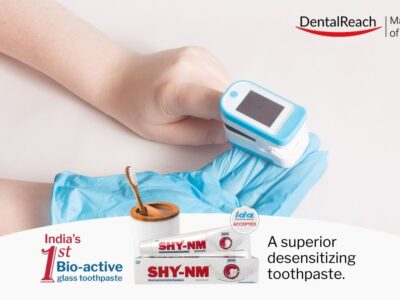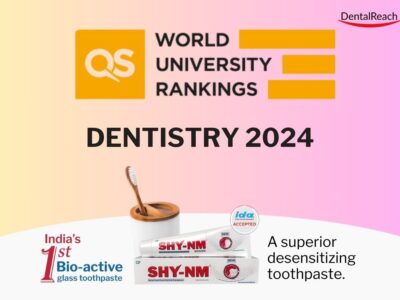Most of us have attempted a wide range of antianxiety approaches to managing patients, all with varying success. An emerging promising alternative for anxious patients is the use of a dental therapy dog.
Animal-assisted interventions are goal-oriented and structured interventions that intentionally incorporate animals in health, education, and human service for the purpose of therapeutic gains and improved health and wellness.
It is proven that companion animals provide therapeutic help to patients, both physically and mentally or emotionally. Several recent studies have highlighted the effectiveness of using pets in the field of health, since they reduce blood pressure, stress, or fear suffered by many patients, making them have a more positive attitude towards treatments, along with a good mood. However, despite the fact that assisted therapy with dogs began more than 20 years ago worldwide, its implementation in the dental world is developing very slowly.
Why with dogs?
They share three areas with us: they are eminently social, linguistic, and emotional beings, which favors our connection with them and the development of a healthy and lasting bond.
- The dog has a multi-sensory stimulus. They provide information to all of our senses.
- They favor social interaction in groups. They are the best communicators, they will teach us their body language and how to use ours.
- They are a source of channeling positive emotions: they inspire affection and tenderness.
- An animal does not judge: it interacts spontaneously with the person regardless of their physical, intellectual, or social condition.
Guidelines for introducing a Dental Therapy Dog into practice:
1. Allergies should be considered. Finding a dog breed that is hypoallergenic is most suitable for health care settings.
2. Fear of animals, such as dogs, should also be considered. Though many patients would be excited to have a therapy animal present, some may be fearful and may find the presence of a therapy dog problematic.
3.Informed consent is crucial in any health care setting. Offices must secure documentation that patients consent to be treated in the presence of a therapy dog.
4.Using professionally trained animals should also be considered before implementation.
Please reference the Guidelines for Animal-Assisted Interventions in Health Care Facilities for more detailed information on proper guidelines and procedures for introducing animal-assisted interventions into dental practice.
NOTE: There is a need to systematically identify all potential hazards associated with implementing dog-assisted therapy in a dental clinic that may be related to risk to health and safety, estimate the likelihood of adverse events, and guide how to minimize and control risks for the patients, the dentist, and the clinic staff.
REFERENCES
- Jegatheesan B, Beetz A, Ormerod E, et al. The IAHAIO definitions for animal-assisted intervention and guidelines for wellness of animals involved. Available at: http://iahaio.org/wp/wp-content/uploads/2017/05/iahaio-white-paper-final-nov-24-2014.pdf. Accessed November 22, 2019.
- Havener L, Gentes L, Thaler B, Megel ME, et al. The effects of a companion animal on distress in children undergoing dental procedures. Issues Compr Pediatr Nurs. 2001;24:137–152.
- Johnson RA, Meadows RL, Haubner JS, Sevedge K. Animal-assisted activity among patients with cancer: effects on mood, fatigue, self-perceived health, and sense of coherence. Oncol Nurs Forum. 2008;35:225–232.
- Beetz A, Uvnäs-Moberg K, Julius H, Kotrschal K. Psychosocial and psychophysiological effects of human-animal interactions: the possible role of oxytocin. Front Psychol. 2012;3:234.

















Comments